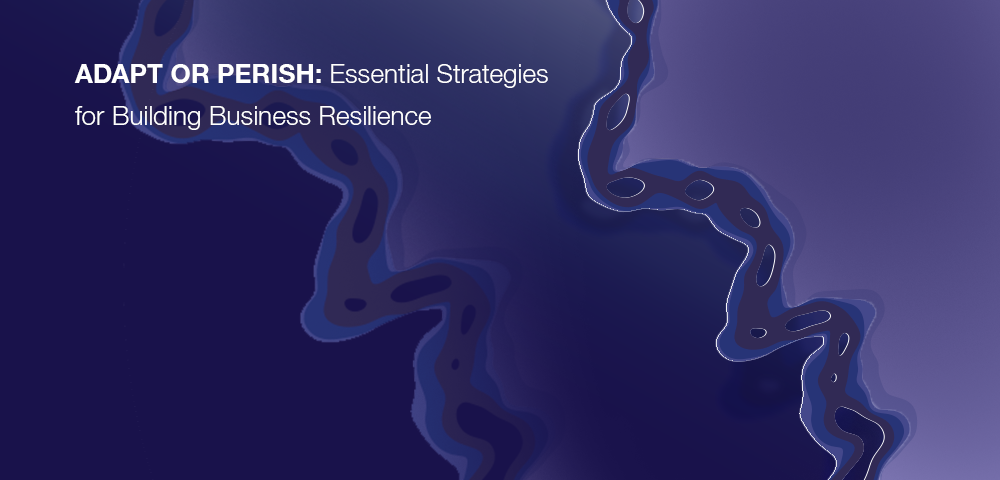For almost two months, our country has faced a serious political crisis. By initiating the so-called "Russian law," the government has openly opposed the Georgian people's desire to join the European family and democratic world. This decision was finalized on May 27. Growing up in the Soviet Union, I understand the realities of authoritarianism, restricted freedom, and inequality. Having witnessed and participated in the collapse of the Soviet Union and the building of a free Georgia, I deeply grasp the significance of democracy and European values. Based on experience, I can assess our country's risks and opportunities if the people's will does not prevail in this struggle. This is why all my thoughts and emotions now revolve around our country's fate and this political crisis.
The article addresses the challenges faced by organizational leaders during political crises. In light of current events, I aim to explore and answer several critical questions: What implications does a political crisis hold for leaders of private organizations? How can leaders manage stress effectively? How can they maintain or restore their leadership strength when they themselves are facing difficulties? And, how can they guide their team and organization through such turbulent times?
Challenges of Domestic Political Crisis
First, we must agree that a political crisis within a country is significantly different from other types of crises, such as an economic crisis or a war with an external enemy.
During an economic crisis, the rules of the business game change, market conditions shift, and the private sector's status quo is altered. Businesses need to recognize the symptoms of a crisis in time, quickly adapt to changes, think creatively, and take bold steps.
In a war, all the factors of an economic crisis are present, with the added threat to organizations and people's lives. Faced with an existential threat, all other threats pale in comparison. Fighting an external enemy stimulates patriotism, unity, and mutual support. In this situation, business interests, ambitions, and goals take a backseat, and leaders focus primarily on the survival of the people and the country.
A domestic political crisis is very different in nature. There may not be an immediate economic or existential threat, but it is a war of values. Values are the foundation of our "self," and our identity and belonging (to relatives, colleagues, friends, or country) are under attack. If the crisis is not overcome in time, there is a long-term risk of an economic crisis, loss of freedom, and existential danger. In such a situation, people may have to fight for survival not against an enemy but with a loved one, as we have seen in recent Georgian history.
Therefore, in my opinion, an internal political crisis is the most difficult situation for leaders. To navigate it, leaders must have great inner strength, caution, and courage.
Leadership strategies
Fear, stress, anger, irritation, emotional agitation, a complete lack of energy, difficulty focusing on work, a feeling of weakness, a sudden desire to fight, the desire to give up everything, a sense of responsibility and shame for one's weakness, calling out to oneself, taking action, and then again fear, stress, anger... Do these emotional roller coasters sound familiar? If so, I'd like to reassure you that this is a natural reaction to the challenges described above. Moreover, this emotional background is common to everyone, not just leaders.
Now imagine an organization where all employees and leaders are in this emotional state... It's a bleak scenario indeed. Every leader realizes that finding a way out of this situation is their responsibility, but the main question is how. How do we lead effectively in such chaos? How do we maintain our emotional equilibrium, clarity of thought, and resilience? More importantly, how can we harness the energy of stress within our organization and transform it into a force for positive change and growth?
Reflecting on these challenges, I've embarked on a personal quest to uncover strategies that enable me to fulfill my leadership duties with clarity and purpose each day. And now, I invite you to join me in this exploration. Let's share our insights, our triumphs, and even our struggles. Together, we can navigate these turbulent waters and emerge as transformational leaders, guiding our organizations through the storms towards calmer shores.
1. Accept Reality: If there is no problem - there is no solution. Therefore, not recognizing what is happening to us—both the current events in the country and our emotional stress—means leaving reality. The first step is to accept reality. We must correctly assess the scale of the crisis, the risks facing our organizations, and the degree of stress on ourselves and our team members. Acceptance of an unwelcome reality serves as the foundation for effective problem-solving.
2. Stay Informed: In times of crisis, staying informed about current developments is imperative for making well-informed and prompt decisions.
3. Prioritize Self-Care: To support others, the leader must be resourceful himself/herself. Leaders often make the critical mistake of focusing solely on solving problems during a crisis and forgetting to take care of themselves. A leader's physical, mental, and emotional well-being is directly related to their resourcefulness. Self-neglect weakens and exhausts the leader, diminishing their ability to make effective decisions. Even amidst high stress, dedicating time to self-care routines can provide surprising strength. For instance, incorporating daily exercise, meditation, or pursuing personal interests can significantly contribute to maintaining physical and emotional resilience.
4. Create A Supportive Environment: Leaders, like everyone else, experience fears, anxieties, and vulnerabilities. During times of crisis, it's essential to surround oneself with a supportive network of individuals who provide strength and energy. Whether it's family, friends, partners, or professional support like psychologists, drawing upon external sources of support is crucial for resilience.
5. Share Responsibility: Effective leadership entails sharing both power and responsibility with the team. Particularly in times of crisis, leaders should not bear the burden alone. Trusting the management team, fostering open discussions about risks and challenges, making collective decisions, delegating tasks, and jointly assuming responsibility for outcomes are vital strategies for navigating crises and managing stress.
6. Empathy and Effective Communication: Internal political conflict is one of the most difficult crises because society is divided and opposed to each other. We should not forget that an organization is also a community—a community united around one idea and goal. Consequently, the division that exists in society is likely to appear in the organization as well (especially in large organizations). If the responsibility for stabilizing society and the situation across the country falls on the government, within the organization, this responsibility rests with the leader and the management team. Therefore, the leader and management team must ensure effective communication within the organization, eliminate conflicts and restore or strengthen trust among employees. This can be achieved by bringing common interests to the fore and relegating differences to the background. For example, “We all want this country to develop”; “We all want more stability and security”; “We are all in this crisis together, and the consequences (both good and bad) will affect everyone”.
7. Leading by Example with Values-Based Decisions: In the context of internal political controversy and such an underdeveloped democracy as Georgia, publicly stating an opinion contrary to the government's position is risky. The leader of any private company is aware of this risk, which is not only related to the potential loss of business or income but also to the jobs and safety of employees. Therefore, leaders who do not share the ruling power's position on the "Law on the Transparency of the Influence of Foreign Powers" (the so-called Russian law) face a big dilemma. If they raise their voice and openly protest the government's decision, they risk their own and the organization's well-being. On the other hand, if they do not speak out or support the ruling force contrary to their beliefs, they lose self-respect and the trust of their employees, ultimately morally destroying the organization.
Advising leaders on this issue is challenging. However, one thing remains clear: leaders will have to make a choice and assume responsibility for the associated consequences






